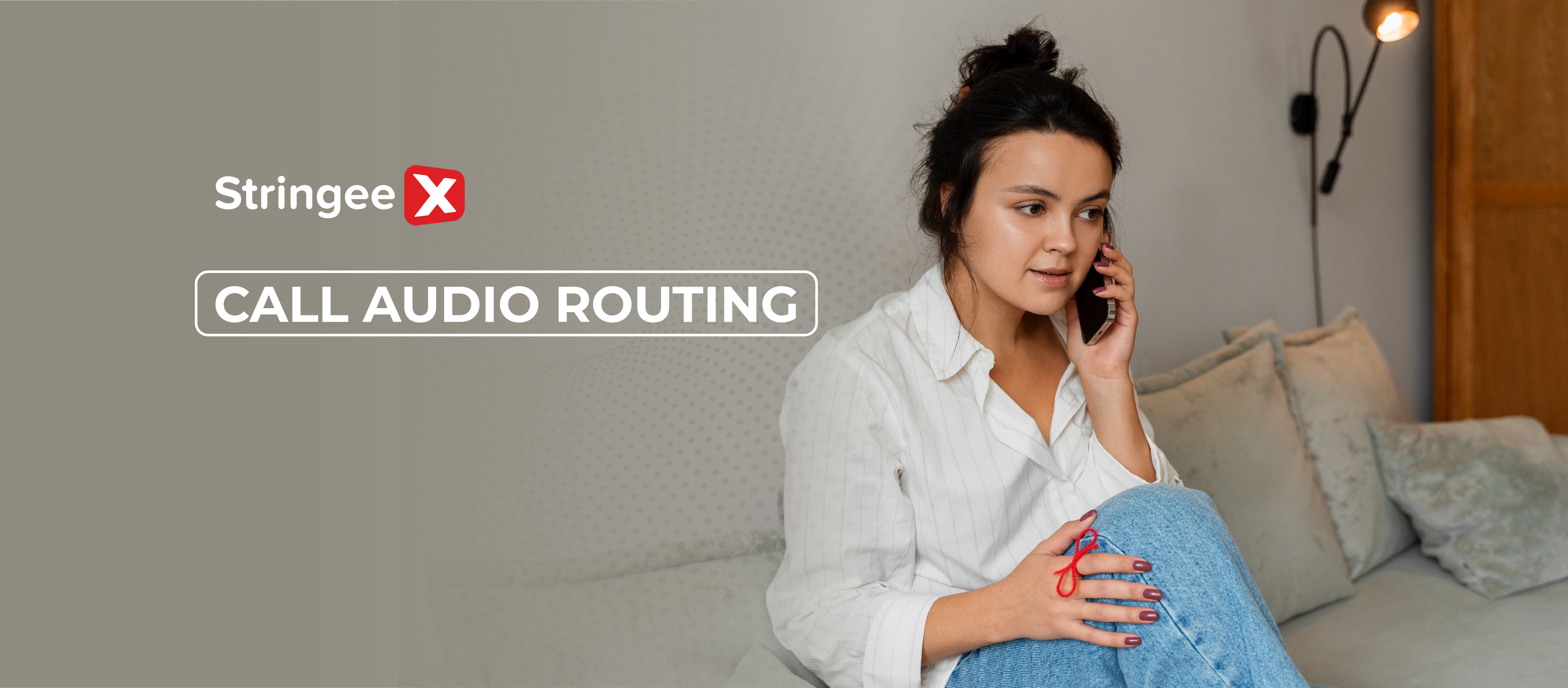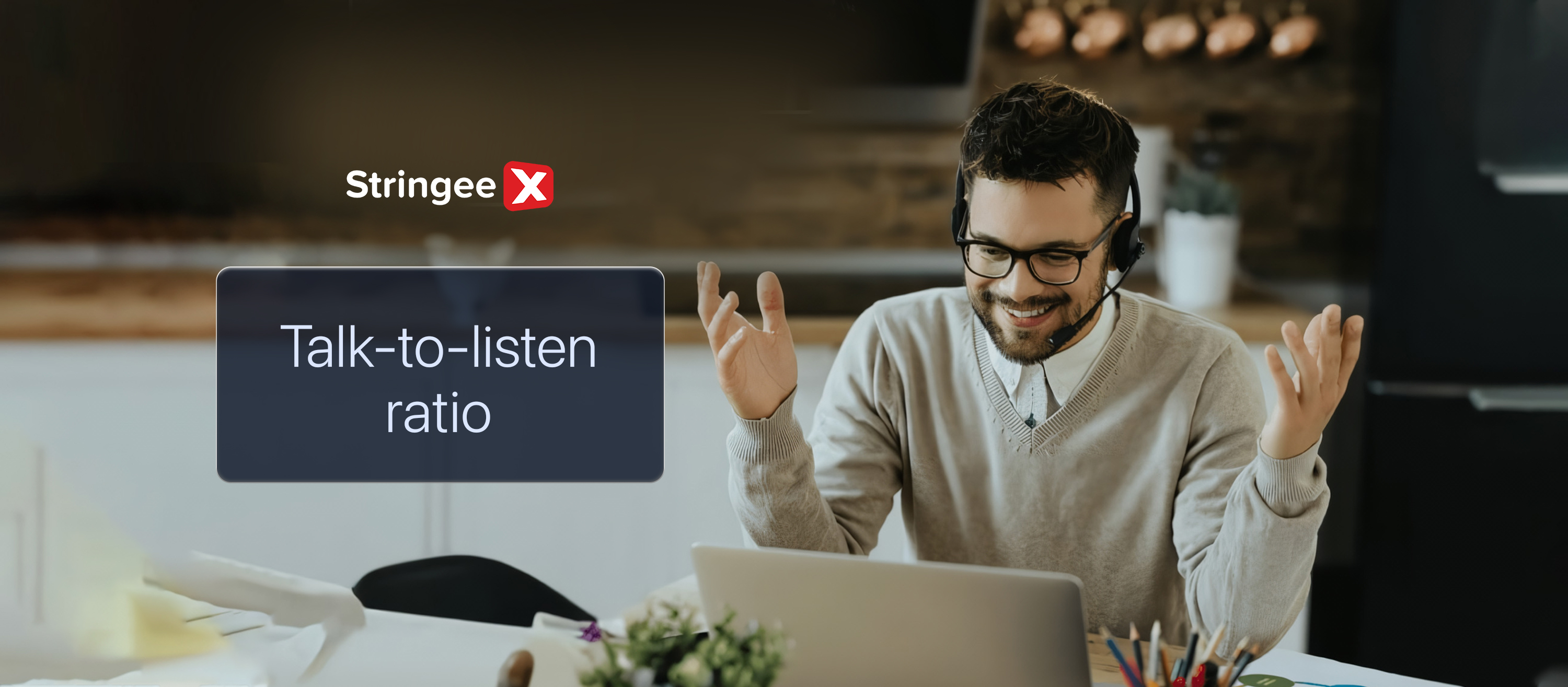Introduction
A call centre must handle hundreds, if not thousands, of phone calls daily. To guarantee the highest call quality, the team must learn to utilise all available phone call features, including the very commonplace call audio routing system.
Many are still confused about why this system is incorporated into iPhones, Android devices, and other communication solutions. Our following guide will explain it to you more clearly.
What Is Call Audio Routing?
It determines where you hear the audio during a phone call (Source: Needpix).
This process determines where you hear the audio during a phone call or a video call (like FaceTime). As the name suggests, on most devices, you can route the call audio to the phone's speaker, a Bluetooth headset, or hearing aids (on iPhones)
Another option is to set your device to route the call audio automatically, depending on the situation. For instance, if you take your headphones out during a call, your phone might switch to the speakerphone accordingly.
Below is a quick guide on how to set up intelligent call routing.
For iPhone:
1. Go to Settings.
2. Scroll down and tap on Accessibility.
3. Tap on Touch.
4. Scroll down to the bottom and tap on Call Audio Routing.
5. Choose your preferred audio destination:
- Automatic (default): The phone will automatically switch based on the situation (e.g., headphones plugged in).
- Bluetooth headset: All call audio will be routed to your connected Bluetooth headset.
- Speaker: You will hear the call audio played through the phone's speaker.
For Android:
Although the specific steps vary slightly depending on your device's model and Android version, there's a general guideline:
1. Go to Settings.
2. Tap on Bluetooth.
3. Select the Bluetooth device you want to use for inbound calls.
4. Tap the settings icon (usually a gear icon) next to the device name.
5. Look for an option called "Use for" (or similar wording).
6. There should be two options: Call Audio and Media Audio. Select the checkbox for Call Audio if you want to use this device for call audio.
What Is Call Audio Routing Used For?
Better Convenience
Agents find it more convenient to use the phone's speaker for hands-free conversation while they do other tasks. Once they finish the rest of their assignments, they might switch to their headphones to focus more on the ongoing discussion. Long story short, it's easier to switch seamlessly between options during the call itself.
More Privacy
Public working spaces can be noisy, not to mention visitors and guests; agents and clients might not always want everyone around them to listen in on the phone conversation.
Call audio routing lets them route the call audio somewhere else more private (such as headphones), which can be particularly useful for confidential information or exchanging sensitive data.
Improved Audio Quality
The phone's built-in speaker does not always provide the best audio quality, especially in noisy environments. Fortunately, through the entire call routing process, you can select a more suitable output device with good clarity.
For instance, you (or your agents) may consider switching to headphones for clearer audio during a call with a bad connection. A Bluetooth headset (with built-in noise cancellation) reduces background noise. If necessary, feel free to connect the phone to a car's stereo system to achieve better sound quality.
Accessibility for Hearing Aid Users (For iPhone)
This routing feature is an excellent asset for iPhone users with hearing aids. It connects their hearing aids directly to the phone and routes call audio through them, resulting in a natural, more comfortable listening experience.
How Call Audio Routing Works
There are five main steps of call audio routing. (Source: Freerangestock).
Initiating The Call
The process starts when the user places a phone call via a device linked to a call-routing outlet. This step can be performed in various ways, such as selecting contact(s) from a list, following audio instructions, or simply dialling the number.
Choosing The Route
Once the call is made, the routing system kicks in. It assesses specific parameters and rules to determine the best path for this call and improve communication quality. Factors like the time, location, and user availability influence this brief evaluation stage.
Establishing The Bond
After determining the optimal route, the routing system connects the caller to the recipient and sets the stage for uninterrupted audio communication. The quality of the audio routing system is key to maintaining a smooth conversation at this stage.
Managing and Monitoring The Call
Once again, the routing system monitors various metrics throughout the call to track its quality. Thanks to this real-time control, both parties can quickly address any unexpected issues and keep everything smooth sailing until the end.
Ending The Call
When both parties agree to end the call, the routing system will handle the termination process. Communication stops immediately, and relevant data might be recorded for analysis. Once the call officially ends, the system prepares for incoming business calls using the same routing protocols.
Types of Call Audio Routing
Audio routing systems have been a key part of modern communication. Below are three major options to consider, each with its own benefits:
Traditional Private Branch Exchange Systems (or PBX)
Still considered an integral part of many businesses, PBX systems use the company's hardware to direct calls. They do work well but might not be as flexible or scalable as newer options. Plus, as these processes rely so heavily on hardware, it's quite a challenge to adapt to the fast-changing needs of today's digital world.
Cloud-based Approaches
These solutions are becoming more popular for two simple reasons: they are easy to scale and access. Businesses can use their flexible designs to expand their internal communication setup as needed. Plus, they often come with extra features and easily integrate with other systems, resulting in even more efficient communication.
StringeeX
StringeeX is on the rise (Source: StringeeX).
StringeeX virtual centre is one of Vietnam's leading solutions, offering a robust suite of features.
IVR System
First, this system utilises pre-recorded menus using interactive voice systems (IVR) that guide customers through self-service options.
Based on how the customer interacts with the menu options, StringeeX will pinpoint the most suitable agent to handle their needs. This design ensures no unnecessary transfers and frustrations, immediately connecting customers to the right person.
Unified Experience
Another highlight is how StringeeX addresses the growing challenges of managing multiple communication platforms.
Juggling phone calls, emails, social media messages, and website chat conversations can be overwhelming and keep agents from performing at their best.
But now, with StringeeX, agents can manage all customer interactions from a single interface! Specifically, you will find it a breeze to switch between Facebook, email, the website's chatbot, and future calls without having to log in to separate channels.
This approach covers a wide range of communication methods and, thus, caters much better to customers' preferences. It ensures their needs are always promptly taken care of, regardless of how they want to reach the brand.
Conclusion
Traditional call audio routing still has its place on the market.
However, many businesses have been switching to virtual systems or, even better, omnichannel virtual centres like StringeeX that guarantee seamless connections with customers across all platforms. Click here to learn more about StringeeX features and how they benefit your business.










